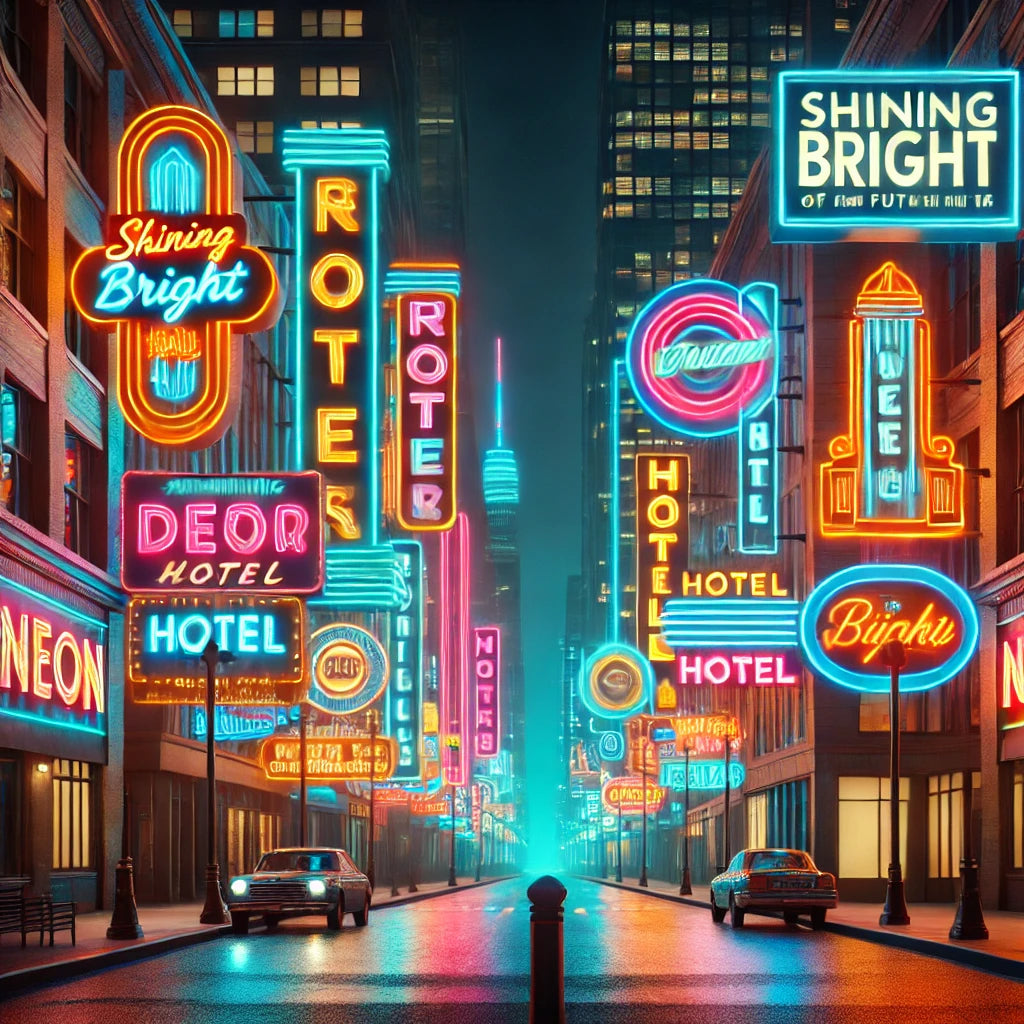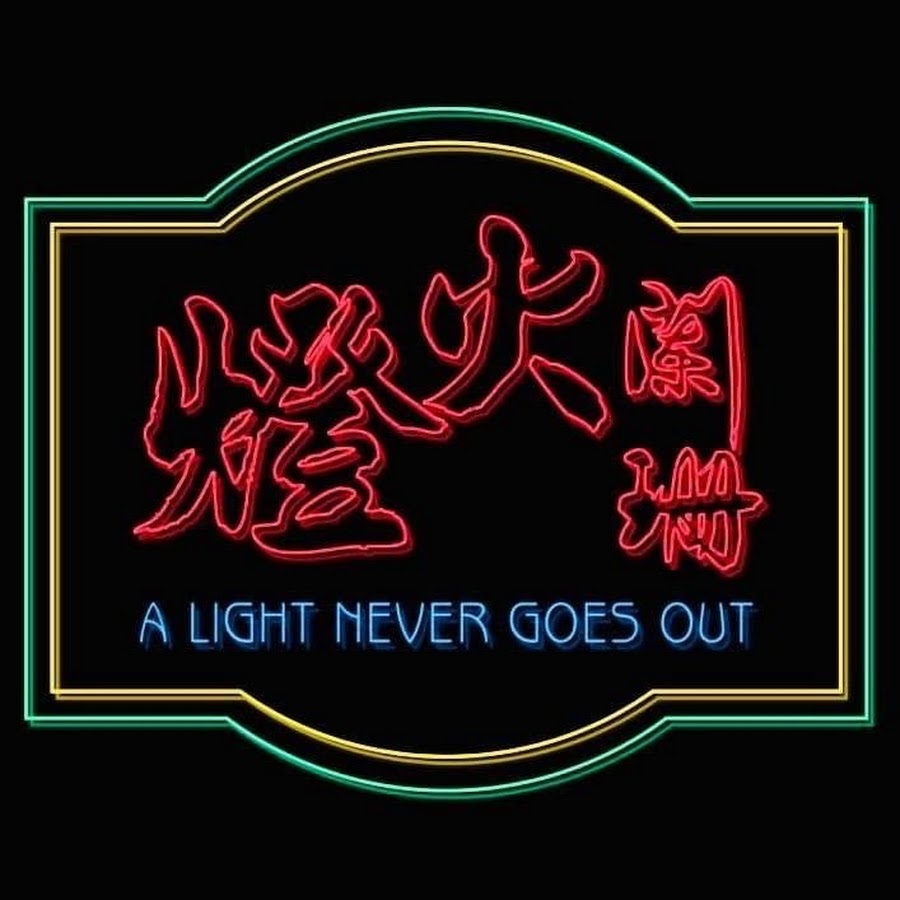Introduction
Neon signs have long been associated with vibrant city life, captivating both locals and tourists alike. Their luminous glow, striking colors, and unique designs not only capture attention but also evoke a sense of nostalgia and charm. This blog will take you on a journey through the history of neon signs, exploring their significance in culture, their artistry, and their evolution in today’s world.
1. The Birth of Neon Signs

1.1 The Discovery of Neon Gas
Neon, a noble gas, was discovered in 1898 by Sir William Ramsay and Morris Travers. Initially, its properties were not fully understood, and it found limited applications. However, its unique ability to emit a bright glow when electrified set the stage for its eventual use in signage.
1.2 The Invention of Neon Lighting
In 1910, Georges Claude unveiled the first neon sign, marking a revolutionary moment in advertising. His invention lit up the Parisian streets, paving the way for a new era of signage. The first commercial neon sign was created for a Parisian barber shop, igniting interest worldwide.
2. Neon Signs Through the Decades
2.1 The Roaring Twenties and Thirties
The 1920s marked the golden age of neon. Cities like New York and Los Angeles began to embrace neon signage, using it to draw customers and enhance their urban landscapes. The vibrant colors and dynamic shapes became synonymous with modernity and innovation.
2.2 The Golden Age of Neon (1940s-1960s)
Neon signs flourished during the mid-20th century, becoming an integral part of American pop culture. Iconic signs, like the “Welcome to Fabulous Las Vegas” sign, became cultural landmarks. This era saw neon not only as advertising but as a form of art.
2.3 Decline and Resurgence (1970s-2000s)
Despite their popularity, neon signs faced decline due to the rise of LED technology and changing urban aesthetics. However, the late 20th century witnessed a resurgence of interest, as artists and designers began to appreciate neon as a medium of expression.
3. The Art and Craft of Neon Sign Making
3.1 The Process of Creating Neon Signs
Creating a neon sign involves bending glass tubes and filling them with a gas mixture, typically neon or argon. This intricate process requires skill and precision, as artisans shape the glass into various designs, bringing the signs to life.
3.2 Design Elements of Neon Signs
The design of neon signs is crucial to their effectiveness. Typography, color combinations, and the overall layout play significant roles in how a sign is perceived. The challenge lies in creating a design that is both eye-catching and easy to read.
4. Cultural Significance of Neon Signs

4.1 Neon Signs as Urban Symbols
Neon signs often symbolize the spirit of the cities they inhabit. Cities like Las Vegas and Tokyo are renowned for their neon landscapes, becoming icons in their own right. The glowing lights evoke a sense of adventure and excitement.
4.2 Neon Signs in Art and Photography
Artists and photographers have embraced neon signs for their visual impact. From installations to street photography, neon has found its place in contemporary art, exploring themes of nostalgia, consumerism, and urban life.
5. Modern Uses of Neon Signs
5.1 Neon Signs in Contemporary Business
Today, businesses leverage neon signs to stand out in crowded markets. Custom neon signs can create a memorable brand identity, as seen in cafes, bars, and retail shops. Successful campaigns often use neon to evoke emotion and nostalgia.
5.2 Home Décor and Personalization
Neon signs have transcended commercial use, becoming popular in home décor. Customizable neon signs allow individuals to express their personalities, turning living spaces into vibrant reflections of their tastes.
6. The Future of Neon Signs
6.1 Neon vs. LED: The New Era of Signage
While neon signs maintain their charm, LED technology has taken center stage due to its energy efficiency and versatility. This section will explore the ongoing debate between traditional neon and modern LED signage, including sustainability considerations.
6.2 The Evolution of Neon Sign Design
As technology evolves, so do the designs of neon signs. Future trends may include interactive signs and advancements in materials. This section will explore potential innovations in neon design and how they will continue to influence urban landscapes.
Conclusion
Neon signs remain an enduring symbol of urban culture, blending artistry with functionality. As we navigate an increasingly digital world, the glow of neon serves as a reminder of our collective history, evoking nostalgia and charm. Their place in our cities is not only as advertisements but as cultural artifacts that connect us to our past and inspire our future.




